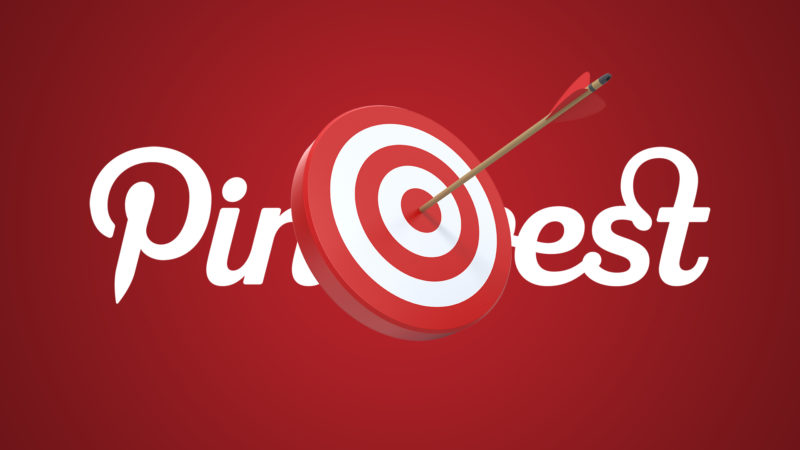Pinterest’s interest-based ad-targeting options swell to more than 5,000
Pinterest’s expanded targeting options are supplied by its Taste Graph that has indexed more than 100 billion pins.
Pinterest is increasing the number of interest-based ad-targeting options offered to advertisers from roughly 400 to more than 5,000, thanks to the social network/search engine’s updated index of more than 100 billion pins.
Pinterest’s expanded set of interest-targeting options will roll out over the next few weeks and be available through Pinterest Ads Manager and for campaigns purchased through the advertising API or direct sales team.
Enhancing Pinterest’s ‘core data asset’
Powering the expanded interest-based options is Pinterest’s Taste Graph, an index of more than 100 billion pins and corresponding metadata, such as the boards those pins have been saved to and the search terms people used before clicking on a pin.
“The Taste Graph is Pinterest’s core data asset. It’s how we actually connect these 200 million people [who use Pinterest each month] with 100 billion-plus ideas on Pinterest by actually modeling how the world’s tastes and interests evolve over time,” said John Milinovich, Pinterest’s product lead for Taste Graph.
In the past, Pinterest had used Taste Graph to make organic pin recommendations and create roughly 400 interest-based targeting options that were segmented across 29 top-level interest categories. But last year, after the company acquired mobile ad-tech firm URX co-founded by Milinovich last year, it put Milinovich and team to work on enhancing Taste Graph’s ability to parse more specific interests and offer advertisers more granular interest targeting.
Previously, if a brand wanted to reach fashion-forward women, it could have selected the “haute couture” or “runway fashion” interest options; now it could pick out the more specific “french chic style” option. Similarly, a brand looking for plant-based grill masters might have been satisfied with combining the “bbq grill” and “healthy recipes” interest options, but now it can choose the more to-the-point “vegetarian barbecue” option.
In addition to being able to identify more nuanced interests, Pinterest has worked to make Taste Graph better able to understand how people’s interests change over time. For example, if someone uses Pinterest to research kitchen remodeling ideas, that user may not want to continuing seeing organic and paid pins related to home decor long after the remodel is completed.
How Pinterest’s expanded interest set will roll out
Pinterest is already applying this more time-aware interest parsing to refine the targeting of existing campaigns that use its older set of interest categories.
The new set of 5,000-plus interests should roll out completely before the end of October, Milinovich said. As the expanded interest list becomes available, Pinterest plans to notify ad buyers through email and in-app notifications.
Those interests will be presented in two ways in Pinterest Ads Manager, similar to the existing presentation. Pinterest will display a drop-down menu of top-level interest categories, and ad buyers will be able to click on these entries to see a list of related sub-interests. Additionally, ad buyers will be able to use the search bar to query interests, which will automatically appear as characters are typed. Eventually, Pinterest expects to make all 5,000 interests browsable through the drop-down menu and to automatically suggest interests based on a campaign’s other parameters as well as the performance of a brand’s other campaigns, said Milinovich.
While testing the new interest categories, some advertisers’ click-through rates increased by more than 50 percent, and the price some advertisers paid per click decreased by more than 20 percent, according to Milinovich.
Algorithmic sourcing, human editing
Pinterest is using an algorithm to expand its interest-based targeting options at a sensitive time. Last week, Facebook came under fire for its algorithm creating targeting options that enabled ads to be targeted to people who listed “NaziParty” as their employer and “Jew hater” as their educational field of study. However, Pinterest was mindful of the mess an unchecked algorithm could make even before Facebook illustrated the point.
“We really believe in this idea of machine-assisted human curation. The best way of being able to source new interests is by using the data that we already have but also being able to work closely with editors or curators to actually help verify and sanity-check some of these things,” said Milinovich. “For the Taste Graph today, everything goes through human editors before it gets offered to outside advertisers.”
Opinions expressed in this article are those of the guest author and not necessarily MarTech. Staff authors are listed here.
Related stories
